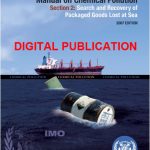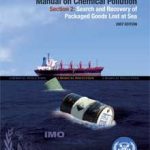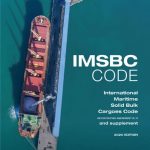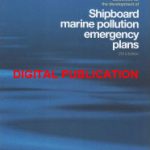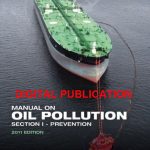Disclosure : This site contains affiliate links to products. We may receive a commission for purchases made through these links.
Recommendations of Dangerous Goods in Port Areas – E-Reader

Please allow 1-2 working days for the license to be issued by email. ******************************************************A Recommendation on Safe Practice of Dangerous Goods in Ports and Harbours was first circulated by the Organization in November 1973.The subsequent development of new techniques in shore and ship operations, as well as the desirability of having more comprehensive recommendations which included dangerous goods in packaged form, liquid and solid dangerous substances and liquefied gas carried in bulk, made it necessary to revise and update the Recommendation.The Recommendations make a distinction between keeping and storage. Dangerous cargoes temporarily in the port area as part of the transport chain are not considered as being stored as their presence is solely concerned with awaiting loading onto and further onward movement by another mode of transport. Because this is an operation covered by the Recommendations, the term “keeping” is included in the overall definition of handling. Storage, which involves the holding of substances for an indeterminate period not directly involved with the transportation process, is considered to be outside the scope of these Recommendations and has been excluded from the definitions. Regulatory authorities may wish to regulate the storage of such substances but that would be achieved by other regulations unconnected with the transportation process.For the purpose of these Recommendations the term “cargo interests” refers to those organizations which can be involved with the dangerous cargoes even before such cargoes reach the port area and a ship, and also includes consignors (shippers), packers, those concerned with documentation, consolidators and forwarding agents. Experience has shown that this group has a crucial role to play in the safe transport of dangerous cargoes and that the Recommendations should also apply to them.It is important to draw to the attention of the users of these Recommendations that the term `dangerous cargo` comprises oils, noxious liquid chemicals and gases carried in bulk, solid bulk materials possessing chemical hazards, solid bulk materials hazardous only in bulk, harmful substances in packaged form (covered by Annex III of MARPOL 73/78) as well as dangerous goods in packaged form (covered by the IMDG Code).








